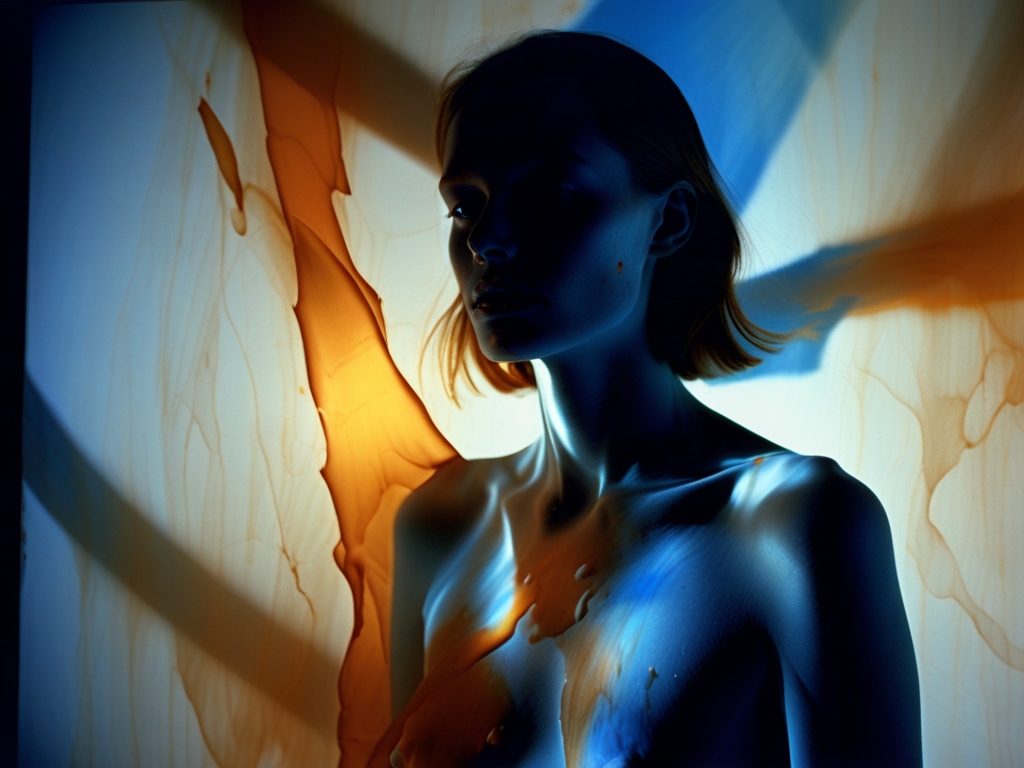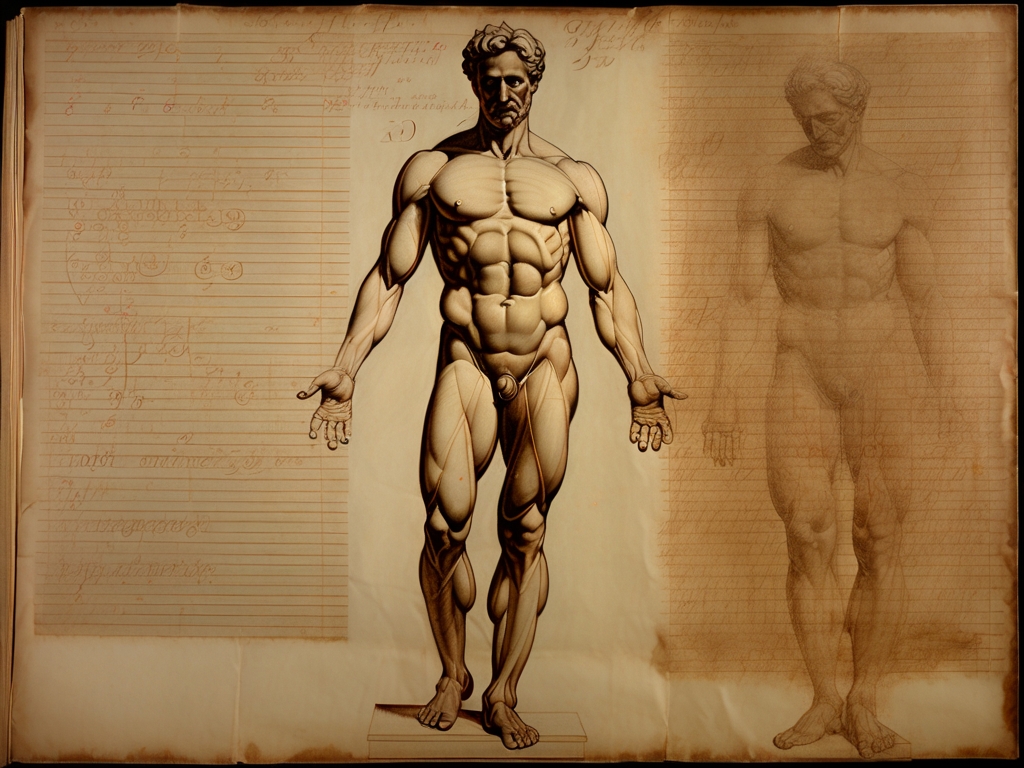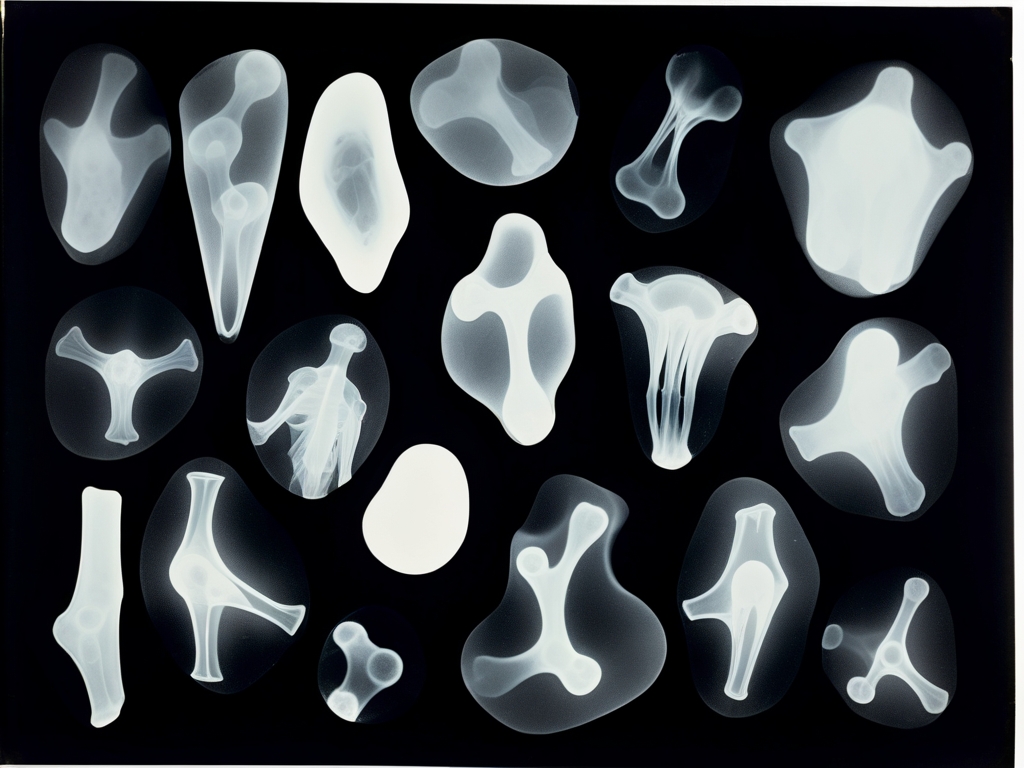The Liminal Portrait

The photograph before you ripples with an otherworldly luminescence, its surface bearing the peculiar patina of time and something far more enigmatic. Vesper Thorne's "Between Worlds" captures a fashion portrait that defies conventional reality, where studio lighting bends and fractures through dimensions unseen.
What distinguishes this piece from ordinary fashion photography lies in its chromatic aberrations—streaks of cerulean and amber that seem to bleed through the image like watercolors on wet paper. The model's expression shifts subtly depending on the observer's angle, creating an unsettling intimacy that suggests the photograph exists in perpetual flux.
Professor Cornelius Blackwood first encountered this photograph during his research into quantum aesthetics at the Institute for Theoretical Photography. The absent-minded academic had been studying the intersection of light and consciousness when he noticed something extraordinary: the portrait's subject appeared to be looking directly at him, regardless of his position in the room.
During his third consecutive night of observation, Blackwood's perception began to fragment. The studio lighting in the photograph pulsed with increasing intensity, casting impossible shadows that stretched beyond the frame's boundaries. The professor's notes from that evening consist of increasingly illegible scrawl, mentioning "doorways of illumination" and "the model's whispered invitations."
Witnesses reported finding Blackwood standing motionless before the photograph at dawn, his eyes reflecting the same ethereal quality as the portrait's subject. When questioned, he spoke of walking through corridors of pure light, where fashion became philosophy and photography transformed into passages between realities.
The professor's condition deteriorated rapidly. He claimed the portrait's model—a figure he called "The Threshold Keeper"—had shown him realms where images possessed agency and observers became the observed. His final coherent statement described stepping through the photograph's surface as easily as walking through mist.
Security footage from the gallery reveals Blackwood's final moments: approaching the portrait with outstretched hands, his figure gradually becoming translucent before vanishing entirely. The photograph itself flickered violently for several minutes, as if struggling to contain something immense within its confines.
In the days following Blackwood's disappearance, the portrait exhibited disturbing properties. Visitors reported hearing faint whispers emanating from the image, while others claimed to see additional figures moving within the photograph's depths—shadowy forms that seemed to press against the glass from within.
The piece came to the Ravensfield Collection through Helena Ravensfield-Morse, who discovered it abandoned in Blackwood's study. The professor's research notes, scattered across his desk, contained detailed sketches of the portrait's evolving imagery and theories about photography as dimensional gateway.
"This photograph doesn't merely capture light—it imprisons consciousness itself within its luminous geometries." — Dr. Isadora Blackthorne, Phenomenologist of Visual Media
Today, "Between Worlds" continues to entrance visitors with its mutable beauty. Many report feeling inexplicably drawn to step closer, experiencing momentary disorientation where the boundaries between observer and observed dissolve into something altogether more profound and terrifying.




